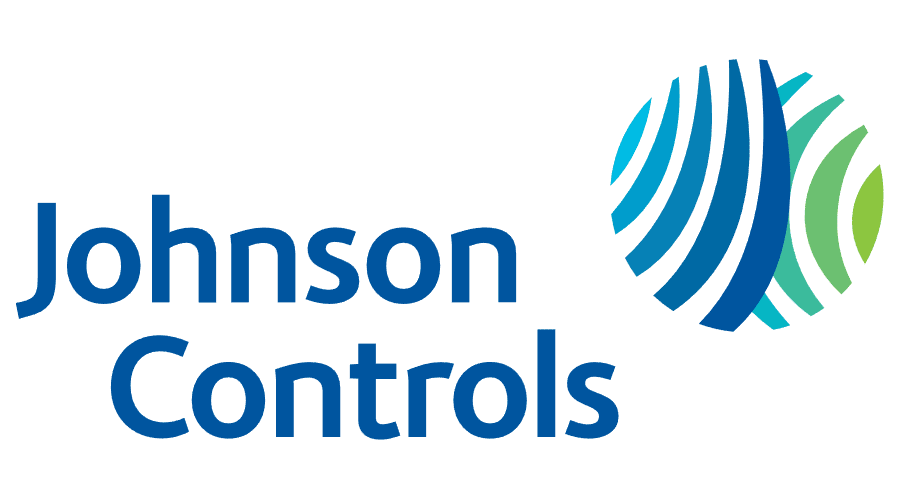Agile Transformation
In today's fast-paced and rapidly changing business landscape, organizations need to adapt quickly to stay ahead of the competition. Agile transformation has emerged as a powerful approach that enables businesses to navigate uncertainty, embrace change, and deliver value faster.
I provide executive, enterprise and team coaching to clients who look for improving their business outcomes, customer experience or agility in delivery.
Creating a sustainable Agile environment is as important as transformation. Each initiative provides maximum value when we march towards the right direction with informed decisions.
I specialise in transformation by extensive experience of working with small as well as big organisations in different countries.
Coaching Approach
Agile Transformation starts with an assessment to understand the strengths and gaps in the current processes, tools, practices and culture. Based on that Coach creates a coaching plan in partnership with the client. This plan includes the goal and areas of improvement based on the assessment.
Transformation includes training to leaders and teams. Also, role based training to help individuals understand the change and it’s impact. There is continuous coaching support to bring agility in the workspace.
Transformation doesn’t limit to one team or multiple teams. Business agility is the focus to bring business benefits. It includes coaching at the organisation level including all the functions or departments in organisation that are part of the value chain .
To bring sustainability change, internal employees are trained and encouraged to be part of the change journey.
Steps for Successful Agile Transformation:
1. Assess Readiness: Evaluate the organization's current state, including its culture, processes, and existing methodologies. Identify areas that can benefit from an agile approach and determine the organization's readiness for change.
2. Create a Vision: Develop a compelling vision for agile transformation, articulating the expected benefits, and aligning it with the organization's strategic goals. Communicate this vision widely to gain buy-in and support from stakeholders at all levels.
3. Build a Cross-Functional Team: Form a dedicated team responsible for leading the agile transformation initiative. This team should comprise individuals with expertise in agile methodologies, change management, and organizational development.
4. Provide Training and Support: Equip employees with the necessary knowledge and skills to embrace agile practices. Offer training sessions, workshops, and coaching to help teams understand and implement agile principles effectively.
5. Start Small and Scale: Begin the transformation journey with a pilot project or a small team. This allows for experimentation, learning, and demonstrating tangible results. Once successful, expand agile practices gradually across the organization.
6. Foster a Culture of Collaboration: Agile transformation relies heavily on cross-functional collaboration, transparency, and trust. Encourage open communication, promote knowledge sharing, and create a safe environment for learning and innovation.
7. Adapt and Continuously Improve: Agile transformation is an ongoing journey, not a one-time event. Regularly review and adapt the agile practices to fit the organization's evolving needs. Foster a culture of continuous improvement by collecting and acting upon feedback from teams and stakeholders.
Benefits
Enhanced Adaptability
Agile organizations are more equipped to respond to changing market dynamics, customer needs, and emerging opportunities. By fostering a culture of continuous learning and improvement, agile transformation enables organizations to adapt their strategies and tactics swiftly.
Faster Time-to-Market
Agile practices emphasize iterative development and frequent delivery of working software. This approach enables organizations to release minimum viable products (MVPs) faster, gathering valuable feedback from customers and making iterative improvements based on real-world insights.
Improved Customer Satisfaction
Agile transformation places customer collaboration at the heart of the development process. By involving customers throughout the product lifecycle and prioritizing their feedback, organizations can ensure the delivery of solutions that meet customer needs and expectations more effectively.
Increased Productivity & Employee Engagement
Agile methodologies, such as Scrum and Kanban, promote self-organizing teams, empowerment, and continuous improvement. This fosters a sense of ownership, encourages creativity, and increases employee engagement, resulting in higher productivity and satisfaction.







